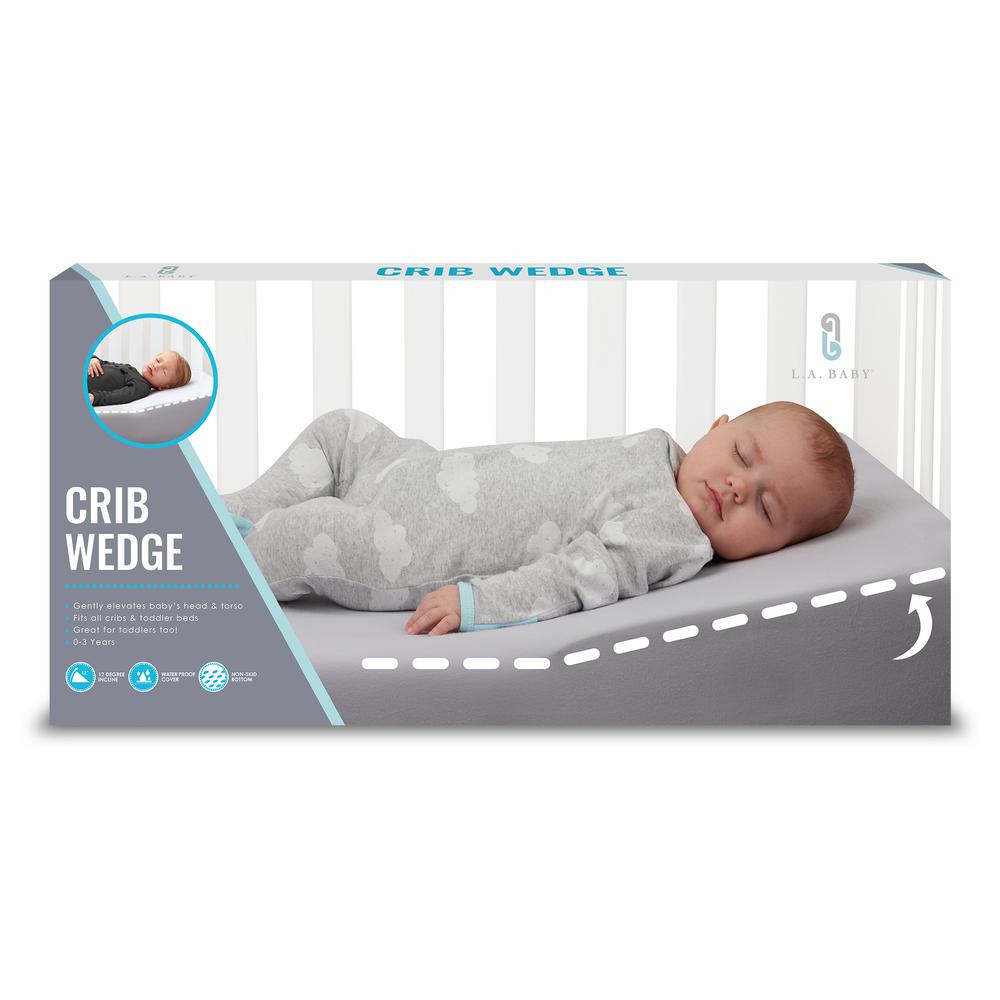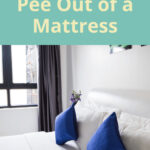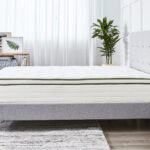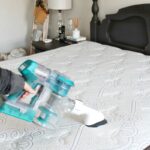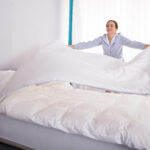The safety and comfort of your baby is always top priority. One easy way to ensure this is to elevate their crib mattress. In this article, we’ll be discussing how to elevate a crib mattress, as well as the benefits it provides. We’ll also provide some simple tips to make the process easier and ensure that your baby is safe and comfortable in their sleep environment. So, if you’re looking to learn how to elevate a crib mattress, keep reading!
Benefits of Elevating a Crib Mattress
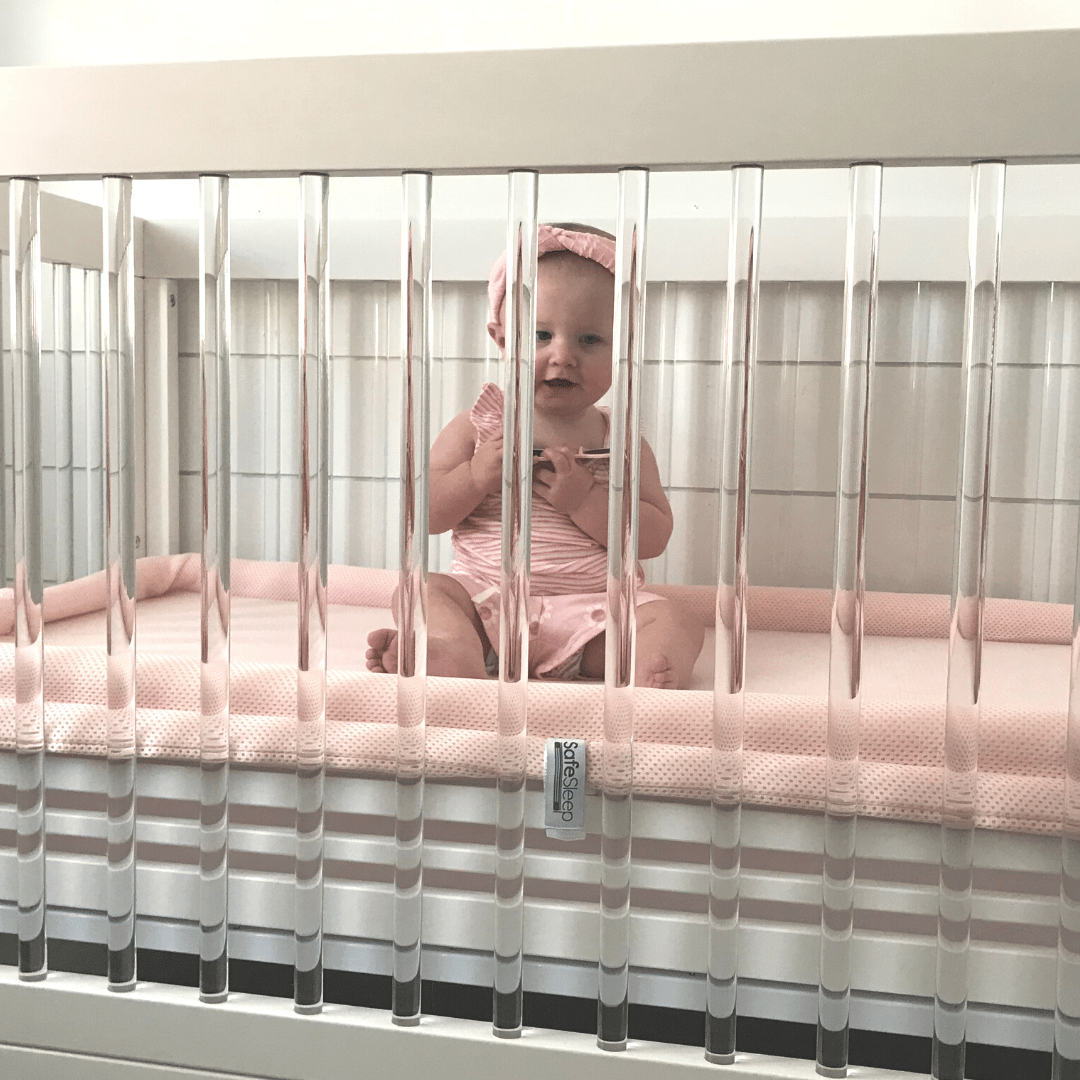
Elevating a crib mattress can be beneficial for parents who have babies with reflux, allergies, or breathing difficulties. When the head of the mattress is raised, it can help reduce the risk of a baby choking on their own spit-up or vomit. It can also reduce the risk of SIDS (Sudden Infant Death Syndrome) by helping the baby breathe better. Elevating the crib mattress can also help reduce the risk of ear infections, as well as reduce the severity of allergies. Additionally, it can help reduce the risk of flat head syndrome, as the baby’s head is kept in a more natural position. Furthermore, elevating the crib mattress can help keep the baby more comfortable as it helps keep their airway open and reduces pressure on their back.
Propping up the crib mattress can be done in various ways. For instance, you can use a foam wedge to elevate the head of the mattress. This can be more convenient and adjustable, as it can be placed at any angle and it can be easily removed when not in use. Alternatively, you can also use a foam roller or pool noodle to prop up the crib mattress for reflux. This is a more cost-effective option, and you can use several of these items to create the desired angle.
How to Elevate a Crib Mattress for Reflux
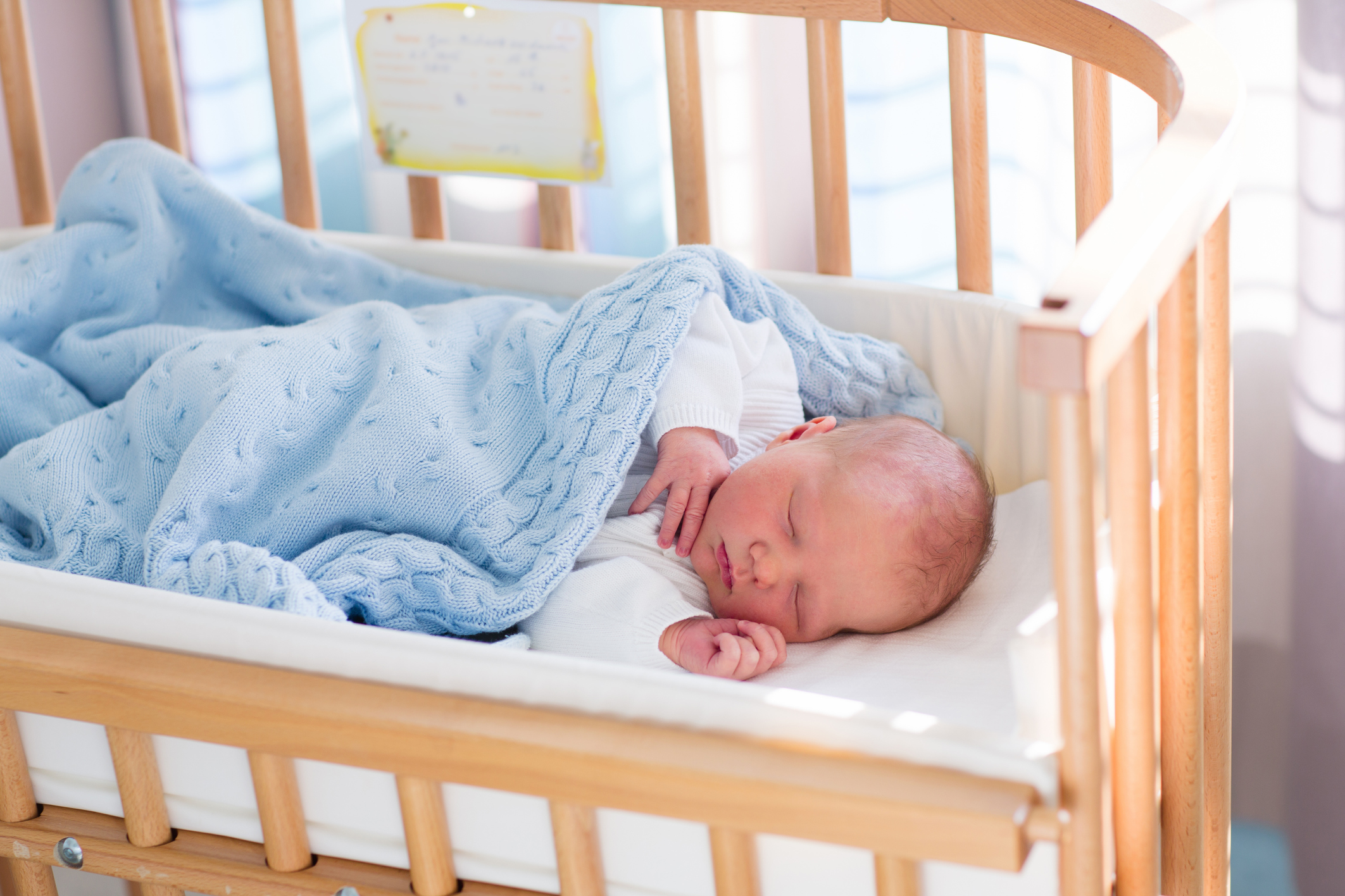
Materials Needed
Crib mattress, crib wedge, foam board, adjustable bed frame, crib sheets, and pillow.
Steps to Follow
1. Place the crib mattress in the crib. Place the mattress in the crib and make sure that it is level and properly fitted.
2. Place the crib wedge on the mattress. Place the wedge on the mattress and adjust the height to raise the head of the mattress.
3. Secure the crib wedge in place. Secure the crib wedge in place with a foam board or adjustable bed frame.
4. Place the crib sheet on the mattress. Place the crib sheet on the mattress and secure it in place.
5. Place the pillow on the mattress. Place the pillow on the mattress and adjust the height to provide extra support for the baby’s head, neck, and shoulders.
6. Check the mattress for firmness. Check the mattress for firmness and adjust the height of the wedge if necessary.
How to Elevate a Crib Mattress for Congestion
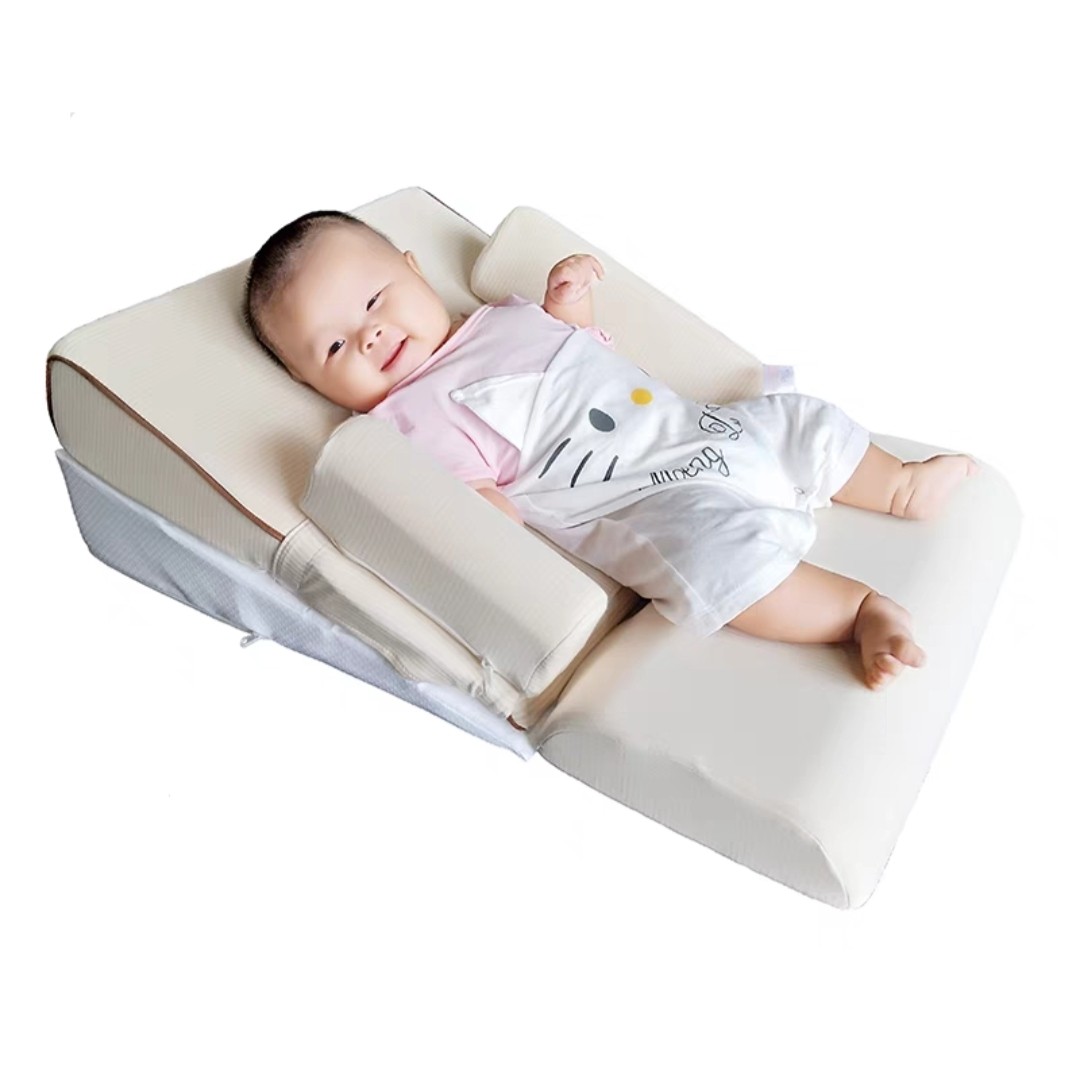
Materials Needed
Crib mattress, elevating device, bed sheet
Steps to Follow
- Place the elevating device under the crib mattress.
- Adjust the elevating device to the desired height.
- Secure the elevating device by placing it on the edges of the crib.
- Put the bed sheet over the crib mattress.
How to Elevate a Bassinet Mattress
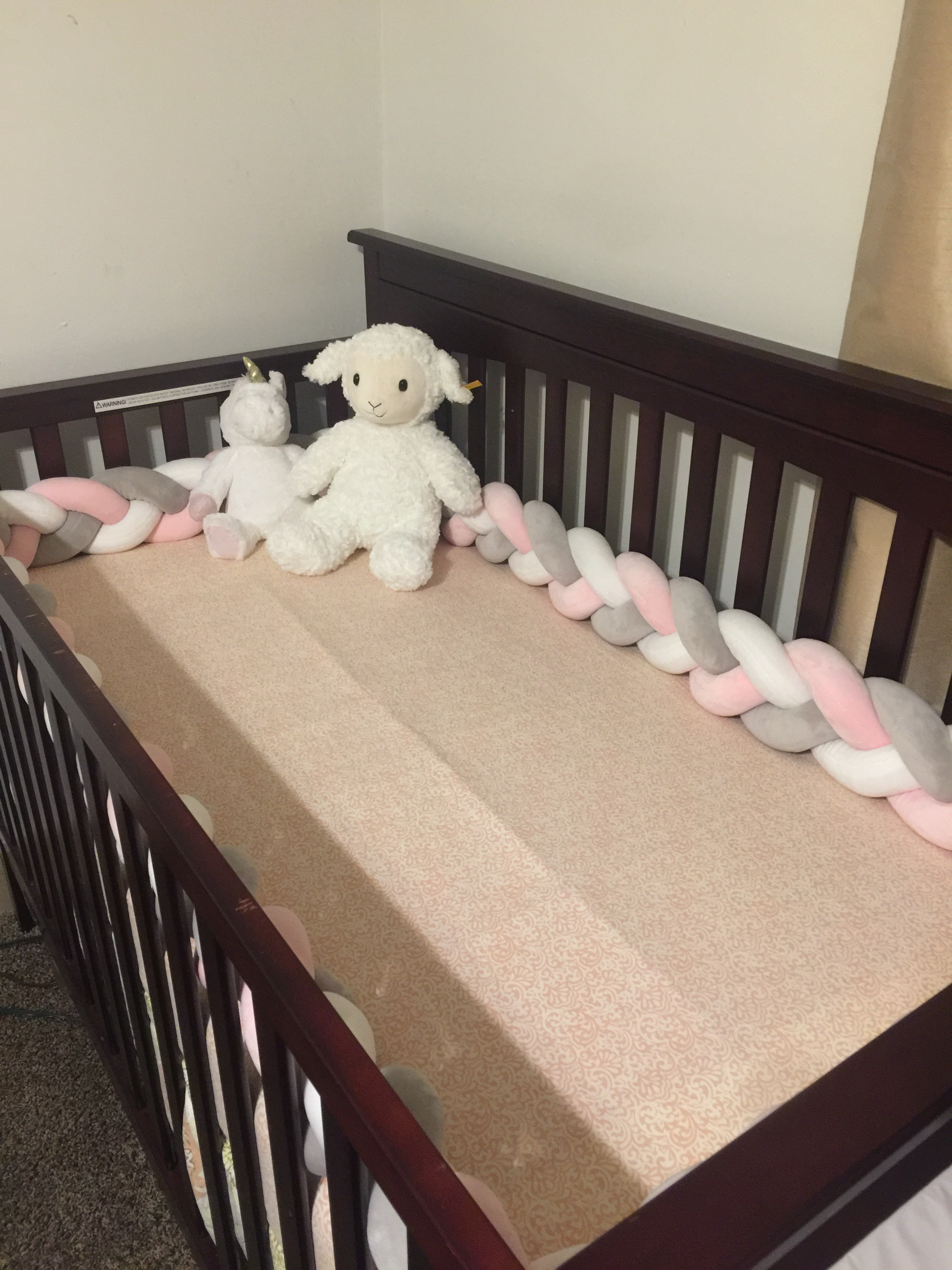
Materials Needed
Foam wedge, bassinet mattress, mattress pad, pillow, bed sheet.
Steps to Follow
1. Place the foam wedge under your bassinet mattress. The foam wedge should be placed on the side where the head of your baby will be.
2. Place the mattress pad on top of the foam wedge.
3. Place the bassinet mattress on top of the mattress pad.
4. Place the pillow at the head of the bassinet.
5. Place the bed sheet on top of the bassinet mattress.
6. Make sure the mattress is securely in place and the sheet is tucked in all around.
7. Check the mattress regularly to make sure it is still securely in place and that the sheet is still tucked in.
Additional Tips
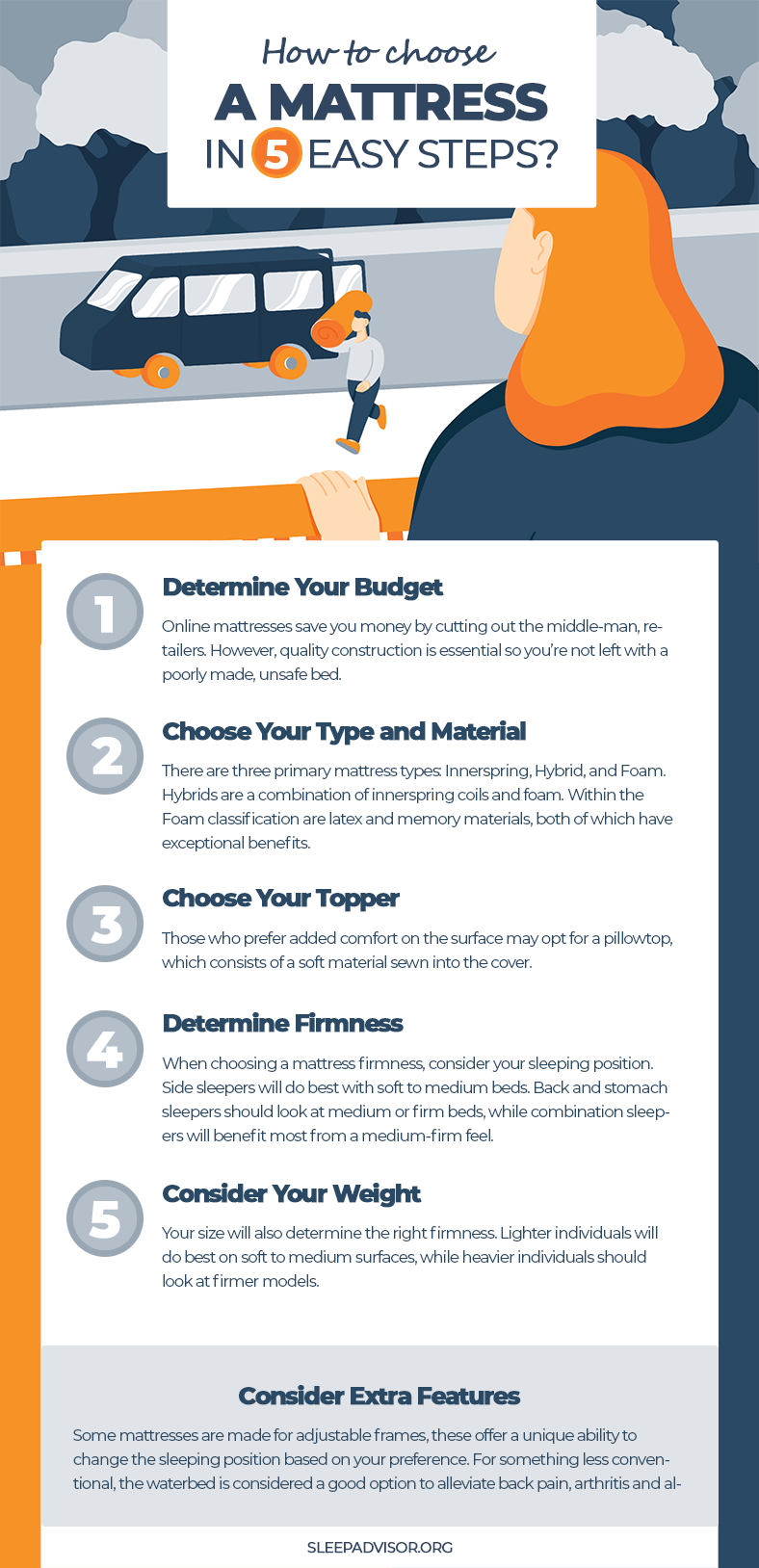
- Set a comfortable temperature. A temperature of around 68 degrees Fahrenheit is considered optimal for a baby’s sleep. You can use a thermometer to make sure the temperature in the baby’s room is not too hot or too cold.
- Choose the right bedding. When selecting bedding for your baby’s crib mattress, make sure to choose breathable and comfortable materials. Natural fibers such as cotton or wool are best for keeping your baby cool and comfortable.
- Check for signs of wear and tear. It is important to inspect the crib mattress regularly for signs of wear and tear. Look for ripped seams, loose springs, or other damage that could affect the integrity of the mattress.
- Keep the mattress clean. It is important to keep the crib mattress clean to prevent the spread of germs and bacteria. Use a mild detergent and warm water to spot clean the mattress as needed.
- Follow safety guidelines. To ensure the safety of your baby, make sure to follow all safety guidelines for cribs and crib mattresses. Make sure the mattress is the right size for the crib, and that it fits snugly without leaving any gaps.
Safety Considerations
When elevating a crib mattress, it is important to consider the safety of the baby. The mattress should be elevated only to a level that the baby can easily get in and out of the crib. Also, make sure that all the sides of the crib are securely in place when the mattress is elevated. Additionally, the mattress should be elevated in such a way that the baby cannot roll off the mattress or fall off the sides. Furthermore, any toys, blankets, or pillows placed in the crib should be at least two feet away from the mattress, to prevent suffocation. Finally, make sure that the mattress is securely attached to the crib so that it cannot move or slide.
Frequently Asked Questions
What type of mattress is best for elevating a crib mattress?
It is important to choose a mattress that is firm, lightweight and breathable for elevating a crib mattress. Memory foam and latex mattresses provide superior comfort and support for babies, while spring mattresses can be too soft and pose a suffocation risk. Additionally, mattresses with a waterproof cover are ideal as they protect the mattress from any accidents.
— END —
Is it Safe to Elevate a Crib Mattress if My Baby is a Newborn?
No, it is not safe to elevate a crib mattress if your baby is a newborn. The American Academy of Pediatrics (AAP) recommends that infants sleep on a firm, flat surface to reduce the risk of SIDS. Do not elevate the mattress, use pillows, sleep positioners, bumper pads, or any other soft bedding, as they can cause suffocation.
How can I make sure the mattress is securely elevated?
- Check the stability of the crib – Before you elevate the mattress, make sure that the crib itself is stable and secure. Check that all screws are securely fastened and that there are no loose parts or components that could cause the crib to be unstable.
- Secure the mattress – Once the crib is stable and secure, make sure that the mattress is securely attached to the crib frame. You may need to use additional straps or ties to secure the mattress in place.
- Check the safety measures – Make sure that the mattress is elevated to the correct height and double-check that the mattress is secure. Check the mattress for any loose or broken components and replace as needed.
- Test the mattress – After the mattress is securely elevated, test the mattress by gently pushing and pulling it in all directions. If the mattress is secure and stable, it is ready for use.
Is There a Maximum Height Limit for Elevating a Crib Mattress?
When elevating a crib mattress, it is important to keep the height of the mattress within a safe range. Elevating the crib mattress too far off the ground can create an unsafe environment for a baby. The American Academy of Pediatrics recommends elevating the crib mattress no higher than 3 inches. Any additional elevation beyond 3 inches can create a hazardous situation, such as creating an increased risk of entrapment between the mattress and crib.
Are there any special safety considerations I should take into account when elevating a crib mattress?
When elevating a crib mattress, it is important to take special safety considerations into account to ensure your baby is safe and comfortable. Here are some tips to keep in mind when elevating a crib mattress:
- Make sure the mattress is elevated securely. It is important to make sure the mattress is secured to the crib frame so that it does not slip or move when your baby is in the crib. You can use a crib wedge or other secure device to keep the mattress elevated.
- Check the mattress regularly. Once the mattress has been elevated, it is important to check regularly for any signs of wear or damage. If the mattress is damaged or has worn spots, it should be replaced.
- Use a mattress protector. A mattress protector will help protect the mattress from any liquids or stains that may occur during your baby’s sleep. It is also important to keep the mattress clean and free of dust and debris.
- Consider using a crib rail. A crib rail can be used to help keep your baby safe while they sleep. This can help prevent them from rolling off the elevated mattress.
By following these safety tips when elevating a crib mattress, you can ensure your baby is safe and comfortable while they sleep.
Conclusion
Elevating a crib mattress is an essential part of keeping your baby safe and comfortable. Follow the steps provided, such as choosing the right mattress and monitoring your baby’s sleeping position, to ensure a safe and comfortable sleeping environment for your baby. With the right mattress, your baby can enjoy a safe and comfortable sleep.
